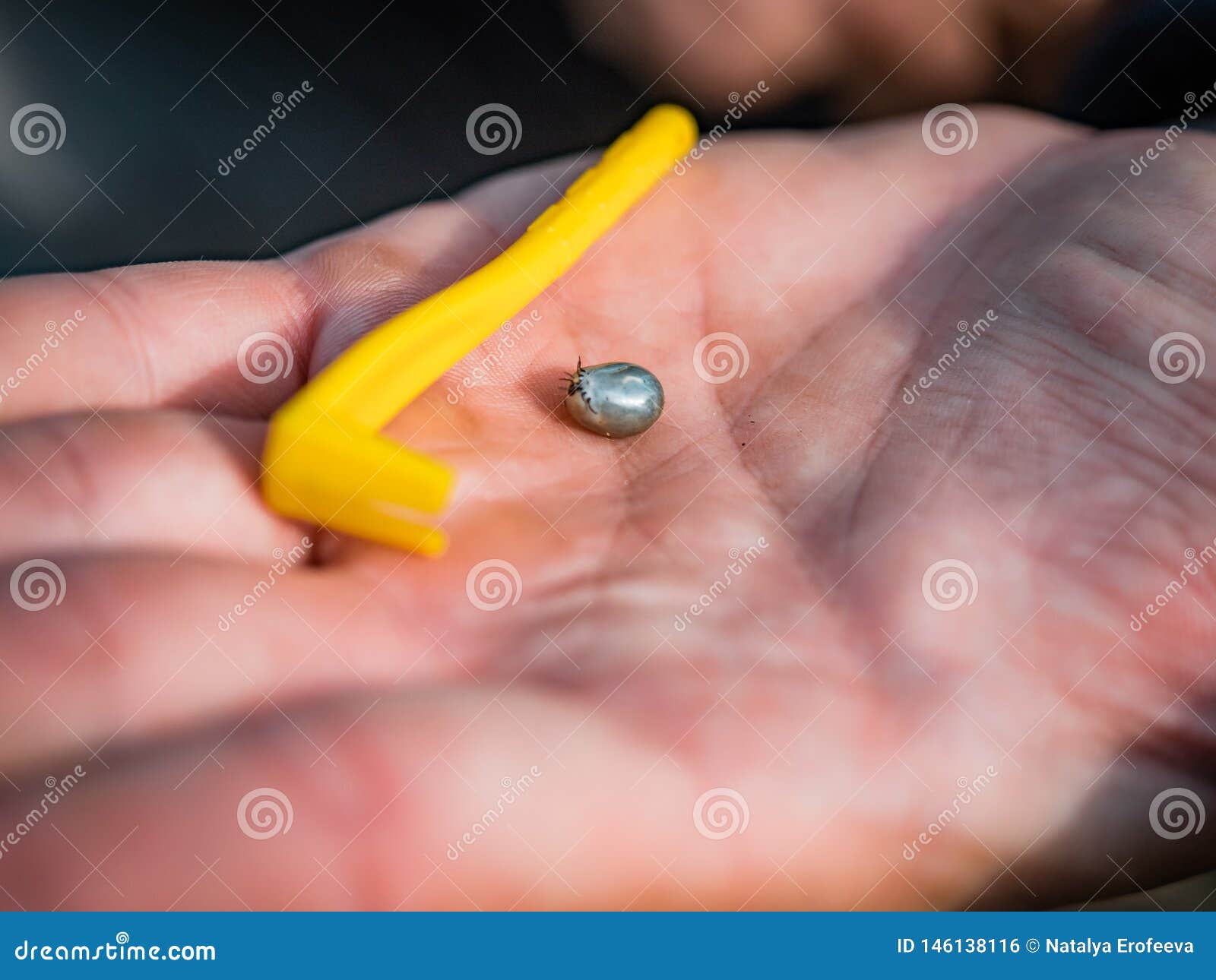

#Engorged tick how to#
If you’d like to learn more about ticks, including how to keep them off you and your pets, check out our 10 facts about ticks article. It’s important to keep your lawn trimmed and any leaf litter clear. This is why it’s important to conduct tick checks after being outside in the woods, no matter what season it is.ĭepending on the area of the country you live, the wood tick will have a different peak activity time. If adult females cannot find a suitable host during the fall, they will turn dormant and survive in leaf litter until the next spring. They remain inactive during the winter months, becoming active again with the warmer spring weather, which is also when females will lay their eggs. Ticks are most closely related to arachnids, like spiders and mites. If you find a wood tick indoors, it probably dropped off of the host animal after becoming engorged. Its native range includes the eastern two-thirds of the United States and the West Coast. Habitat and HistoryĪmerican dog ticks can be found in dense wooded areas, shrubbery, tall grasses, and wherever domestic animals or livestock live. In northeastern states the average wood tick life cycle is two years. Depending on the species of tick, the entire lifecycle can last anywhere from three months to eighteen months. Once the female has laid a few thousand eggs she dies. It again drops to the ground and molts into an adult tick.Īdult ticks will hunt for a third and final host, preferring large animals like deer or dogs, where they will be able to feed, breed, drop off, and lay eggs. The nymph will then feed for a few days until it becomes engorged with blood.

Nymphs then lie in wait until a second warm-blooded host wanders by, like a raccoon, possum, or other large animal. Once the larva has fed on its initial host, it will drop to the ground and molt into an eight-legged nymph. This behavior is called “questing,” and looks like the tick is trying to stand up to grab the sky. Since ticks can’t jump, the larva must stand on blades of grass or perch on vegetation until a warm blooded mammal walks by, at which point it latches on. Tick larvae have just six legs and are about 1/8 inch in size. The newly hatched tick is called a larva, or seed tick. Wood ticks are a three-host species of tick that goes through four distinct lifecycles: eggs, larvae, nymph, and adult.Īfter hatching from its egg, a tick must feed on the blood of a host at every life stage in order to survive. Males measure just 3.6 mm long when not engorged.ĭeer ticks (also called blacklegged ticks) are much smaller than Wood ticks and can be distinguished by their-you guessed it-black legs. Females are generally larger than males, measuring about 5 mm long when not engorged (with blood), and 15 mm long and 10 mm wide when engorged. The American dog tick also has a wide, oval body with a flattened top. The American dog tick does not carry Lyme disease. American dog ticks (wood ticks) are often mistaken for Deer ticks, which carry Lyme disease. They have grayish patterns on their bodies and males will have a mottled grey coloration along their backs. Wood ticks are highly colorful and pretty easy to recognize. Wood ticks are part of the hard tick family and are distinguished by their hard shields, or scutums, and prominent heads. The wood tick is one of the most common carriers of diseases among dogs, most notably Rocky Mountain spotted fever, tularemia (Rabbit Fever), and tick paralysis. The Wood tick, also known as the American dog tick or just plain dog tick, is a particularly worrisome species of tick that carries several diseases that are dangerous to humans and pets.


 0 kommentar(er)
0 kommentar(er)
